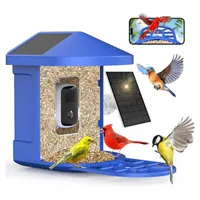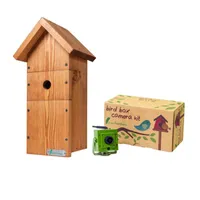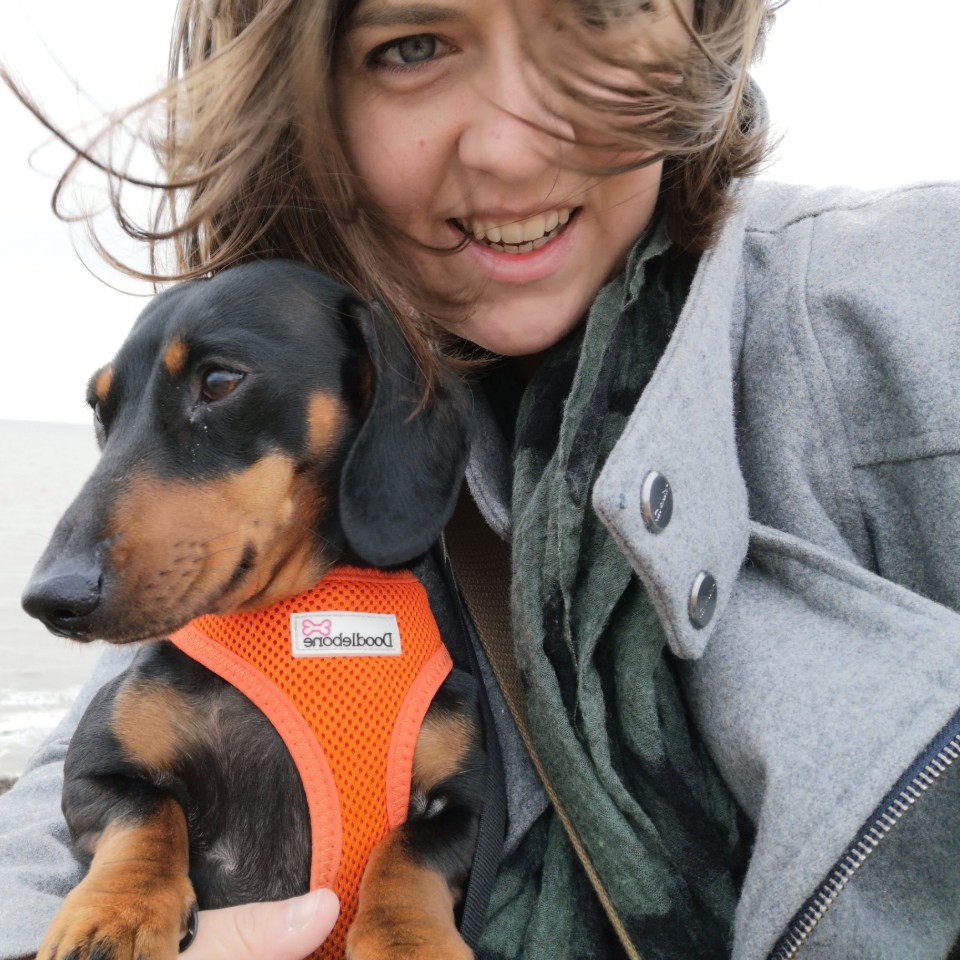How to set up a birdcam in your yard (plus the best live streams to watch online)
Birdcams offer a virtual window into wildlife - here's how to get started.
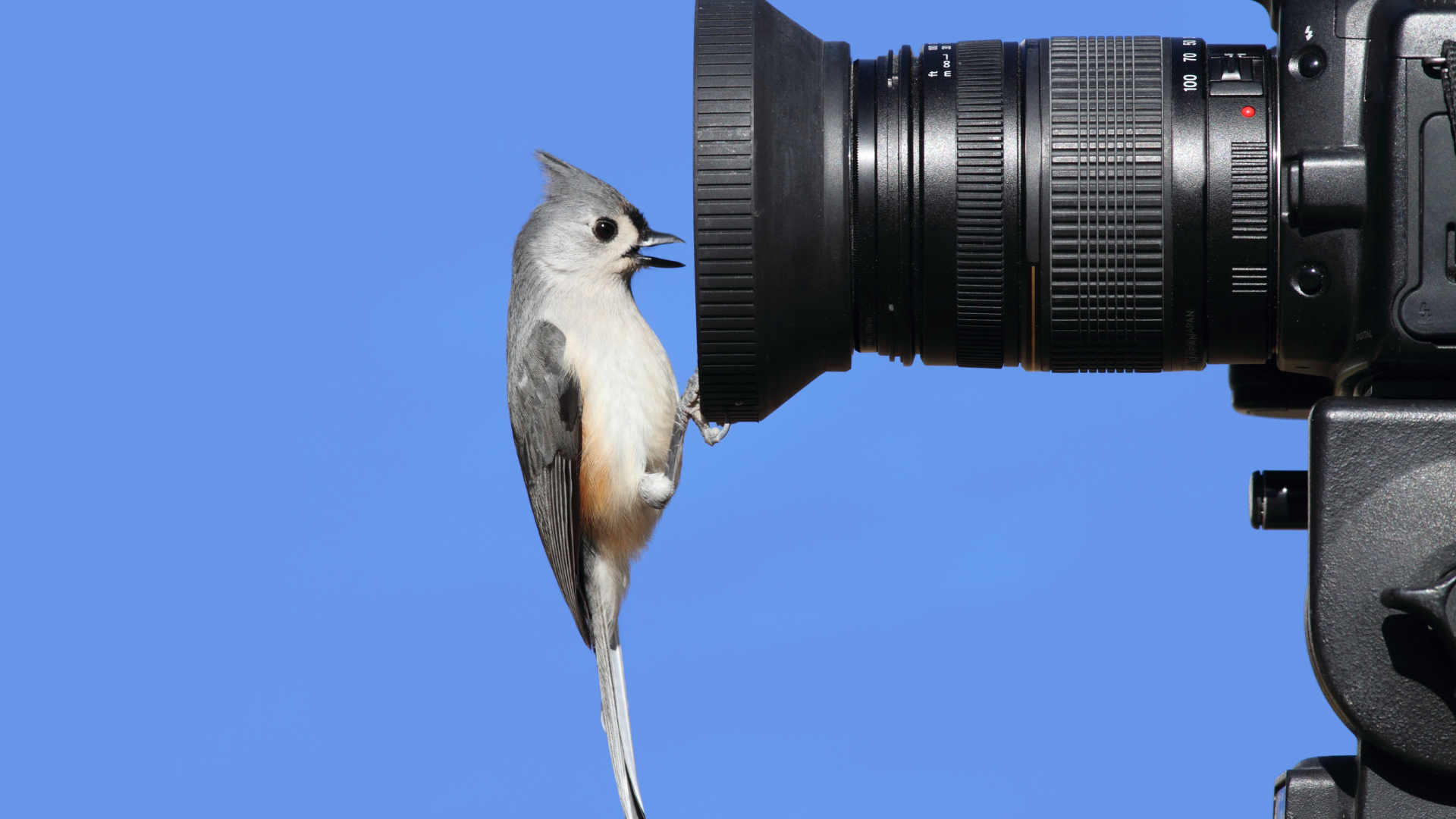
Birdcams are a brilliant, non-invasive way to get up close and personal with wildlife outdoors. Whether you set one up in your backyard or watch a live stream online, there are plenty of ways to get involved and take a peek at what's going on.
If you decide to set up your own, you'll need to find a quiet viewing spot, and invest in the best bird food and a good-quality camera. We've recommended our favorite birdcams below, and some of them can even detect what species are being shown.
To help you get started, we’ve written a guide on setting up a birdcam and revealed the best way to attract birds to it. We've also rounded up some excellent live streams that you can watch for free from the comfort of your home.
How to set up a birdcam
1. Select a suitable birdcam
A bird box camera is ideal for hole-nesting birds such as tits and is easily adapted to suit wrens and robins. For these birds, the box should be placed slightly lower down, and viewing panels on the sides need to be left unobstructed. Once nesting season is over and the young have fledged, the camera elements can be re-sited to monitor the action at the bird table instead.
PeckCam Bird Feeder with Camera
This birdcam is solar-powered, waterproof, and can be filled up with your food of choice. We think it has some pretty cool features, like the AI detection that recognizes over 100,000 species, and the way it notifies you of a bird's arrival. You can set up multiple users on the app, so the whole family can enjoy the fun.
Green Feathers Wifi Bird Box Camera Deluxe Bundle 3rd Gen
We highly recommend this Green Feathers bundle, which includes a birdbox and a night vision camera. It's a great way to see what's going on inside the nest and you can watch the footage live from your TV.
2. Select a viewing site
Watching wildlife can be as straightforward as choosing a window and gazing outdoors, making sure you don’t startle the birds you’re watching with your own movement or noise. A fixed birdcam might be better off either close to the nest or feeding station, or sited in an undisturbed upstairs window looking down on the action.
If you’re training a camera or webcam on the garden from indoors, you’ll need to avoid window glare and ensure curtain movements neither obscure the camera nor cause a disturbance. For evening and night-time viewing, consider whether indoor lights or ones in the garden will affect how well your birdcam displays footage and whether lights may be a wildlife deterrent.
Try to position the viewfinder just above but looking down on the feeder, nest, or water bath. This way you should be able to see the birds’ magnificent plumage as it comes into land.
Get the best advice, tips and top tech for your beloved Pets
Ideally, you want a wildlife camera that doesn’t betray its presence with a light that suddenly turns on whenever it senses activity since this might very well scare the animal or bird away.
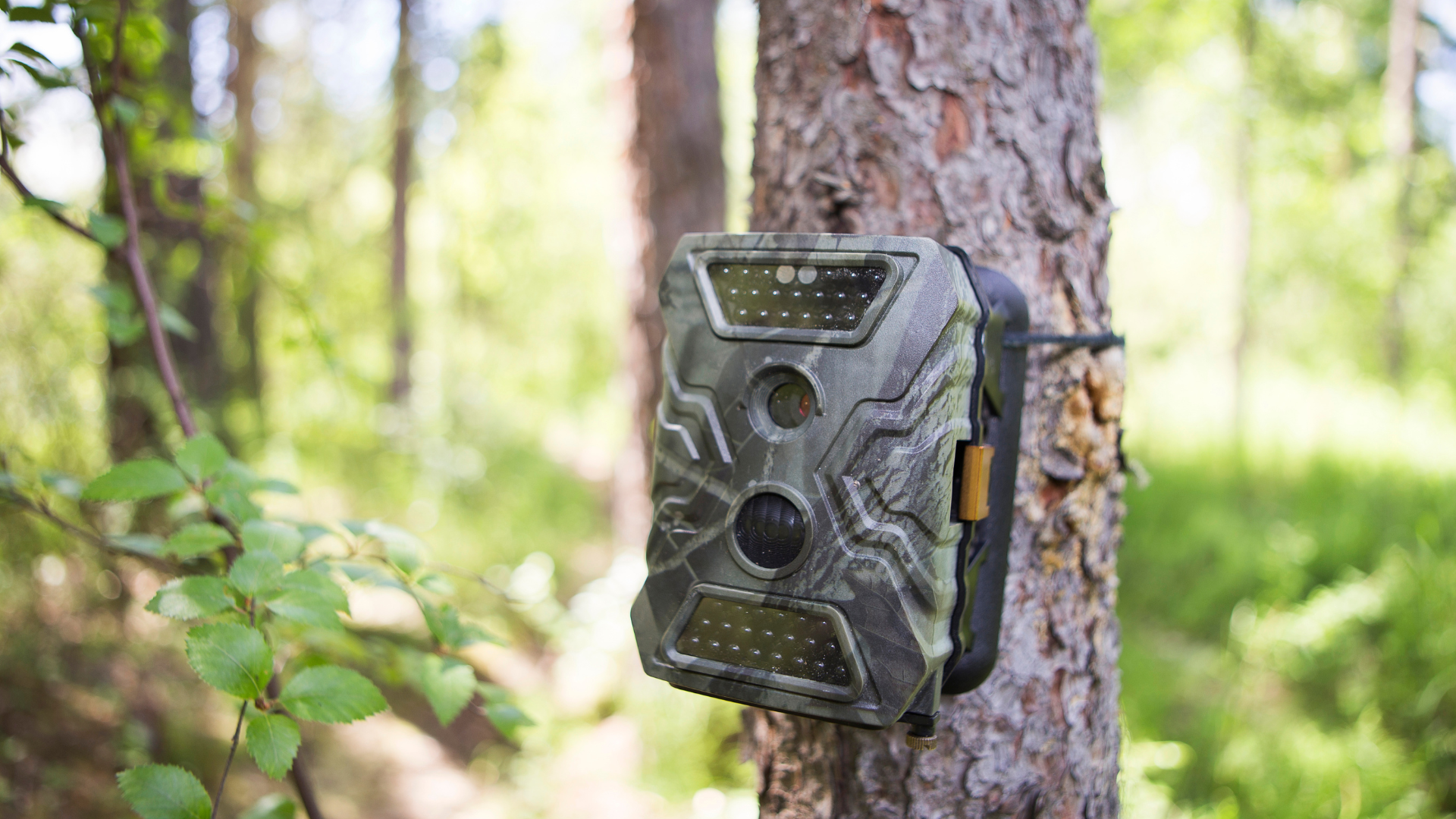
3. Install your birdcam outdoors
In most cases, you’ll want a birdcam that can be positioned close to the nest or feeder. The RSPB advises that bird boxes with a nest cam should be fitted to a wall or mature tree and fixed at least two meters from the ground and await from fences and other convenient launching places for predators such as cats and foxes. It also needs to face away from the prevailing wind and out of direct sunlight.
How can I attract birds to my birdcam?
The best way to attract birds to your camera is by providing a food source, like seeds or suet.
Vet Dr. MacMillan says: "The type of food you offer may depend on which species you are trying to attract. Many birdcam owners like to appeal to a number of different birds and will often try laying out a variety of food. Popular choices include mixed bird seeds, suet, and mealworms."
She also recommends that you place the birdcam in a relatively undisturbed spot, away from noisy children, moving vehicles, or other pets you may have. To help the birds feel covered and protected from predators, put the camera/feeder near trees or shrubs.
She adds: "A nearby bird bath is likely to make your garden more attractive to the local bird population as well. Just ensure that you regularly clean out your bird bath and bird feeders to remove old food and reduce the risk of disease spreading."
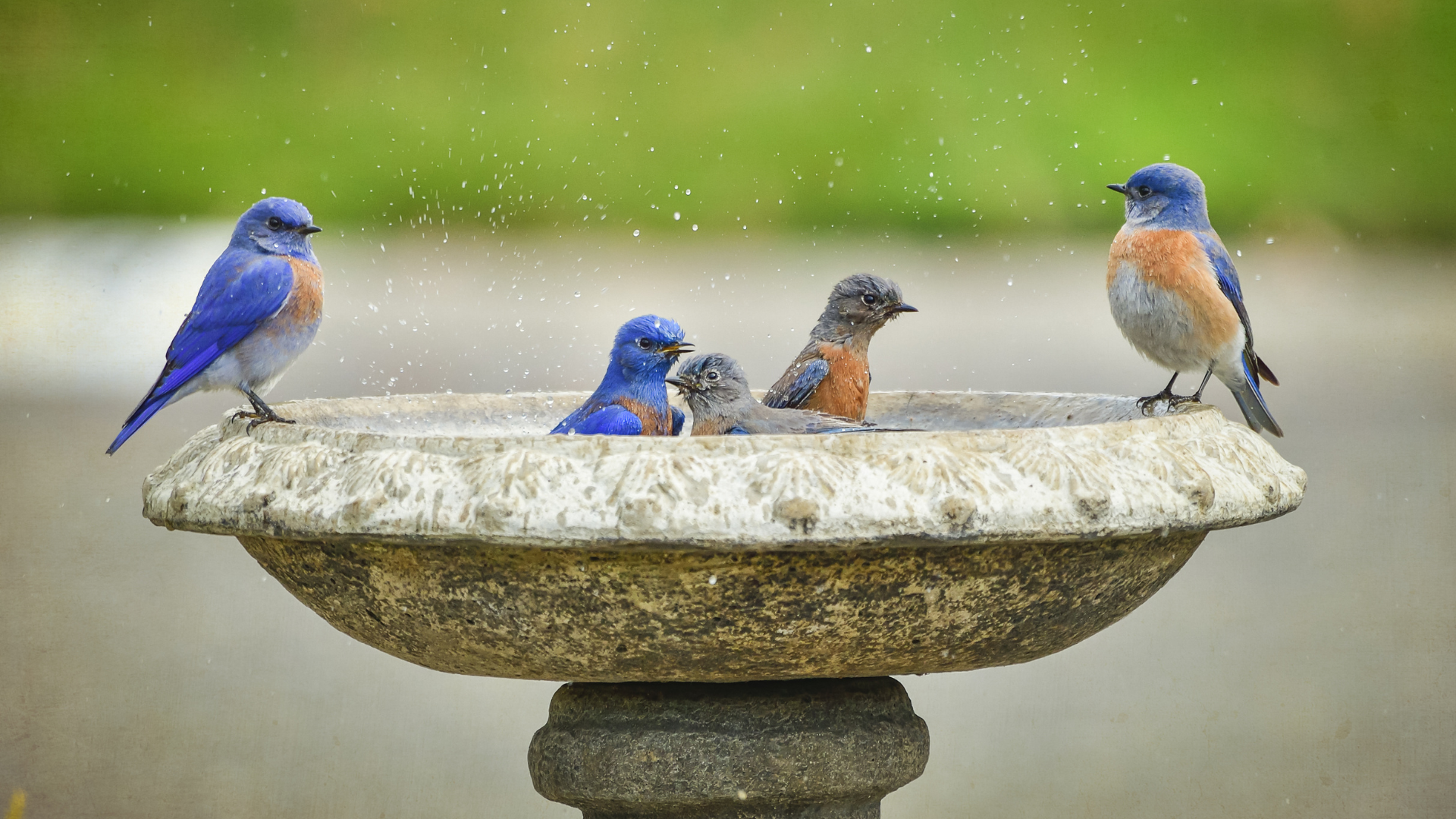
Where can I watch live birdcams?
If you want to watch a birdcam, but are unable to put one up in your own backyard, there are lots of free live streams available to watch at any time. Here are some of our favorites:
1. Explore Live Nature Cams
2. Cornwell Feeder Watch
3. Nature Tec
Found this helpful? You might also want to read how to make bird suet or what to do if you find a baby bird,
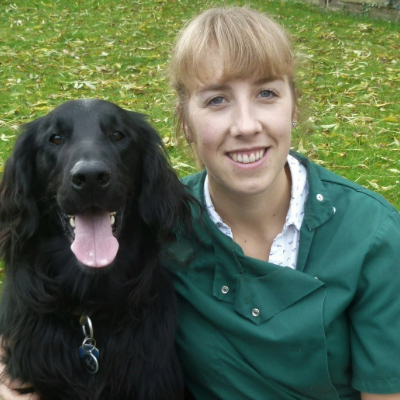
Rebecca is a vet surgeon who graduated in 2009 from the Royal Veterinary College in London. She has a wealth of experience in first opinion small animal practice, having done a mixture of day-to-day routine work, on-call emergency duties and managerial roles over the years. She enjoys medicine in particular and she is proud to have recently achieved a BSAVA postgraduate certificate in small animal medicine (with commendation). She writes on various feline and canine topics, including behavior, nutrition, and health. Outside of work and writing she enjoys walking her own dog, spending time with her young family and baking!
Amy Davies is a freelance writer and photographer with over 15 years experience. She has a degree in journalism from Cardiff University and has written about a huge variety of topics over the years. These days she mostly specialises in technology and pets, writing across a number of different titles including TechRadar, Stuff, Expert Reviews, T3, Digital Camera World, and of course PetsRadar. She lives in Cardiff with her dog, Lola, a rescue miniature dachshund.
